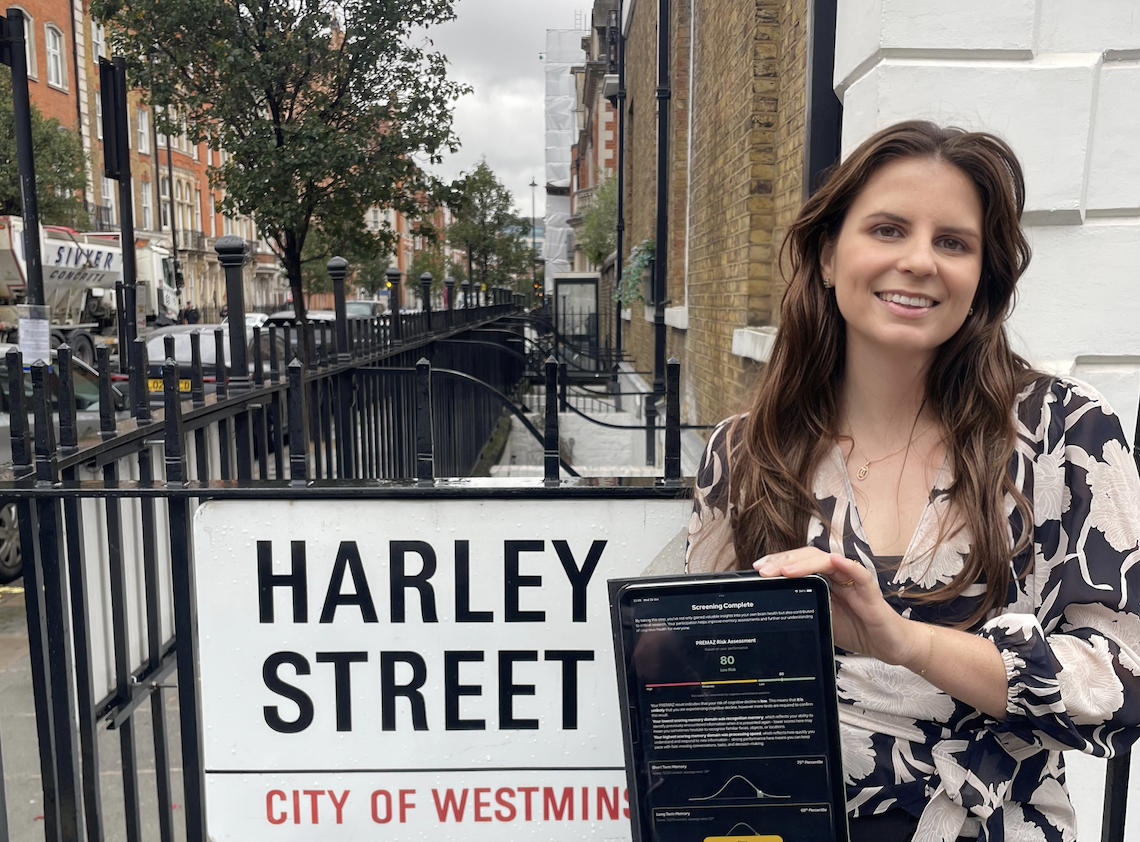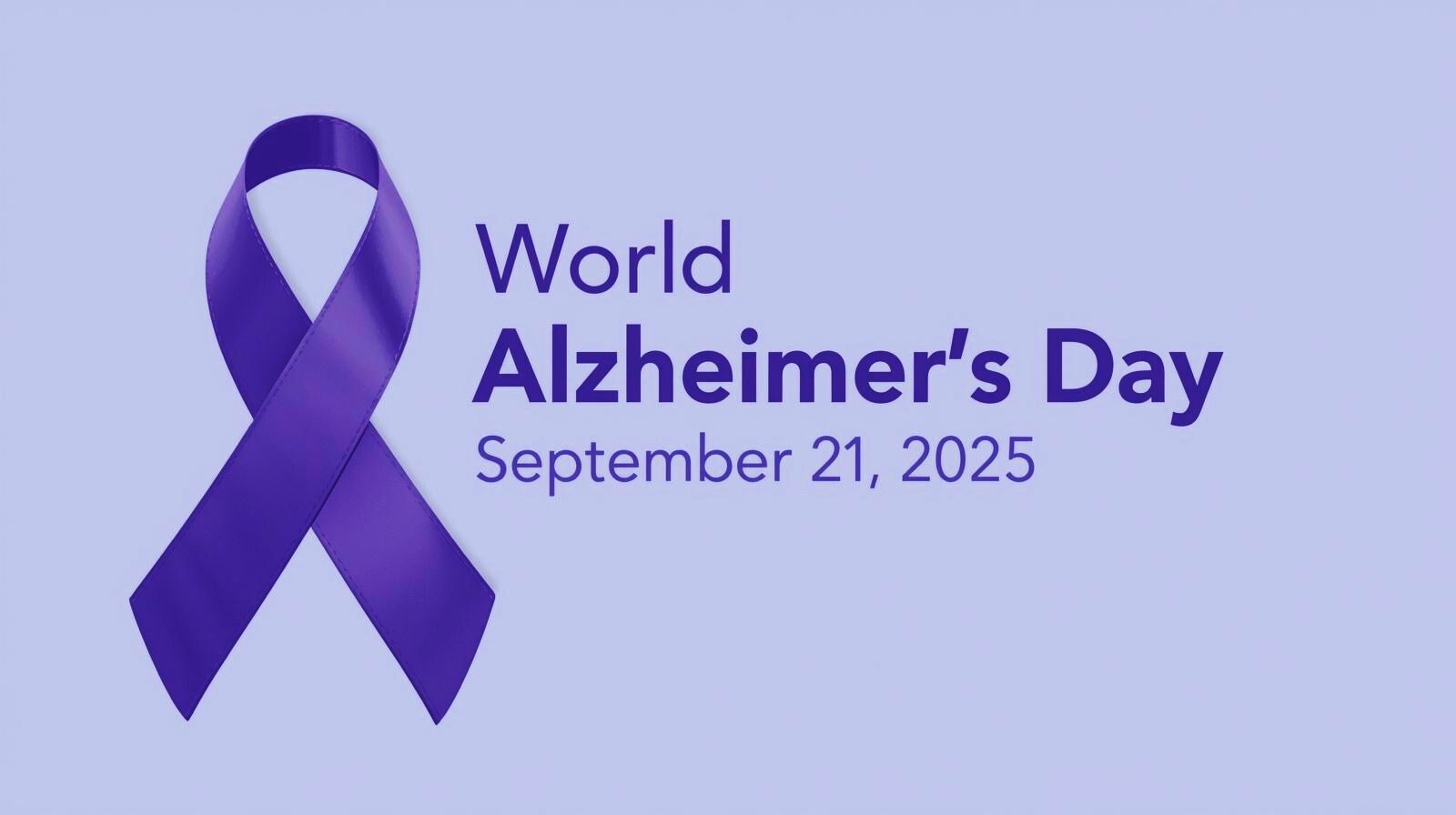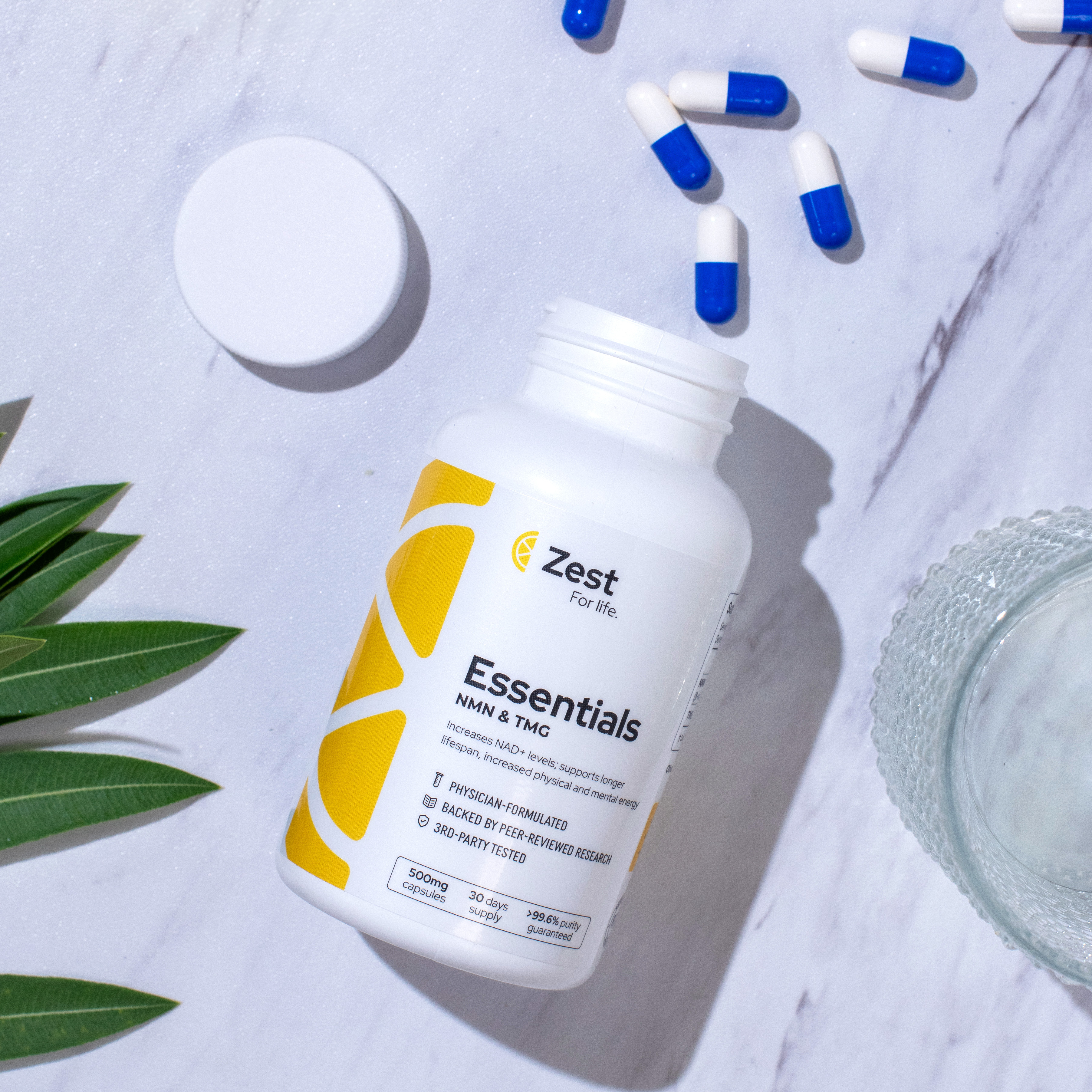March Longevity Challenge

March Longevity Challenge - Extreme Temperatures
It's good to get out of your comfort zone every now and then. As we’ve written about in recent blogs (which you can read here and here), regularly exposing yourself to uncomfortably hot and cold temperatures can bring an amazing range of benefits for your mental and physical health and your overall longevity.
For our March longevity challenge, we’re focusing on positively stressing your body through cold and heat exposure!
Challenge aims
The aims of this month's challenge are to:
- Support you to explore different protocols for hot and cold exposure and assess how best to implement them into your routine
- Establish benchmarks of your current tolerance levels and support you to push yourself by exploring techniques which help you to last longer in the hot or the cold
- Explore how cold and heat exposure can support optimal sleep and energy levels and allow you to feel great immediately in the short term as well as in the long term
So what's the challenge?
The challenge will take place across the last full week of this month (March 20 - 26) and in that week we want you to achieve:
- At least 57 minutes of heat exposure (late in the day to optimise sleep)
- At least 11 minutes of cold exposure (early in the day to optimise energy and focus)
- New personal bests in terms of how long and how cold/hot you can withstand

Research studying Scandinavian winter swimmers, who regularly swim in ice cold water and use saunas, has suggested that 11 minutes and 57 minutes are the minimum amount of cold and heat exposure, required to achieve long-term cardiovascular and metabolic benefits [1]. These figures are supported by findings from other studies and align with advice given by longevity experts such as Andrew Huberman, Peter Attia and Rhonda Patrick.

How should I go about it?
You can achieve the target of 11 and 57 minutes of cold and heat exposure, using any combination of protocols.
- For cold exposure, we recommend cold showers (90-120 secs, as cold as your shower will go) or cold plunge in a bath, tub, pool or any body of water (90 secs or more, 60°F/15°C or less).
- For heat exposure, traditional dry sauna (8-20 mins, 175-210°F/80-100°C). Some studies have suggested that infrared saunas (15+ mins, 140°F/60°C) or hot baths/jacuzzis (30+ mins, 100°F/40°C) may be effective, but there is not enough evidence to suggest they are as impactful as saunas.
- For combining heat and cold exposure, a 12-min sauna session (200°F/90°C) with a 2-min cold water immersion (50°F/10°C) has been shown to be a safe and effective protocol [2, 3].
You can do whatever combination of hot and cold immersion works best for you, as long as you reach your 57 and 11 minutes!

Benefits of cold/heat exposure
Benefits of heat exposure:
- Reduces chance of heart attack by 51% and stroke by 62%, and lowers risk of mortality by any cause [4, 5, 6]
- Promotes repair of damaged cells (via heat shock proteins and hormesis) decreasing inflammation and cancer risk [7, 8]
- Stimulates the release of growth hormone, helping to build muscle mass [9]
- Improves symptoms of depression and boosts mood [10, 11]
- Decreases risk of cognitive decline and dementia [12]
Benefits of cold exposure:
- Activates brown fat which raises metabolism and burns white (‘blubbery’) fat [13]
- Improves glucose metabolism and promotes weight loss [14]
- In the long-term, converts white fat to brown adipose tissue
- Improves immune function [15]
- Extends lifespan by inducing hormesis
- Stimulates the release of noradrenaline, adrenaline and dopamine, improving cognitive function, focus and energy levels [16]
Techniques for increasing your tolerance
This challenge is a great opportunity to test where your current safe limits are - in terms of both duration and temperature - and to progressively work to go beyond them. If you’ve only done 60-second cold showers before, why not try a 2-minute cold water plunge or immersion! If your limit is 12 minutes in a sauna, try to reach 20 minutes by the end of the week!
Breathwork techniques can help you withstand both high and low temperatures. Common breathwork techniques include nasal breathing (simply breathing only through your nose), the Wim Hof technique, box breathing, and breath of fire (for cold temperature only). We have outlined some of these techniques in the graphics below:



Notes on safely increasing your tolerance:
- You should generally get out of the cold once your muscles start shivering, as this is the sign that your brown fat has been activated as much as possible.
- For heat exposure, it’s vital that you stay hydrated. You should try to drink 0.5L (or 16 fl oz) of water for every 10 minutes you spend in a traditional sauna. You may also consider taking in electrolytes, especially for long sessions.
Optimising sleep and energy levels
Although heat and cold therapy can be combined, research suggests they’re just as effective when done separately. One benefit of doing them separately is that you can align them to optimise your sleep and energy levels.
- Cold exposure causes the release of adrenaline, noradrenaline and dopamine which raises energy levels and enhances cognitive faculties, so having a cold shower or cold plunge at the start of the day can help wake you up and focus on whatever you have planned for the day.
- Conversely, heat exposure late in the day can improve your sleep because it aligns with the physiological cooling response that is activated in the evening to lower your core body temperature and help you sleep more easily.






